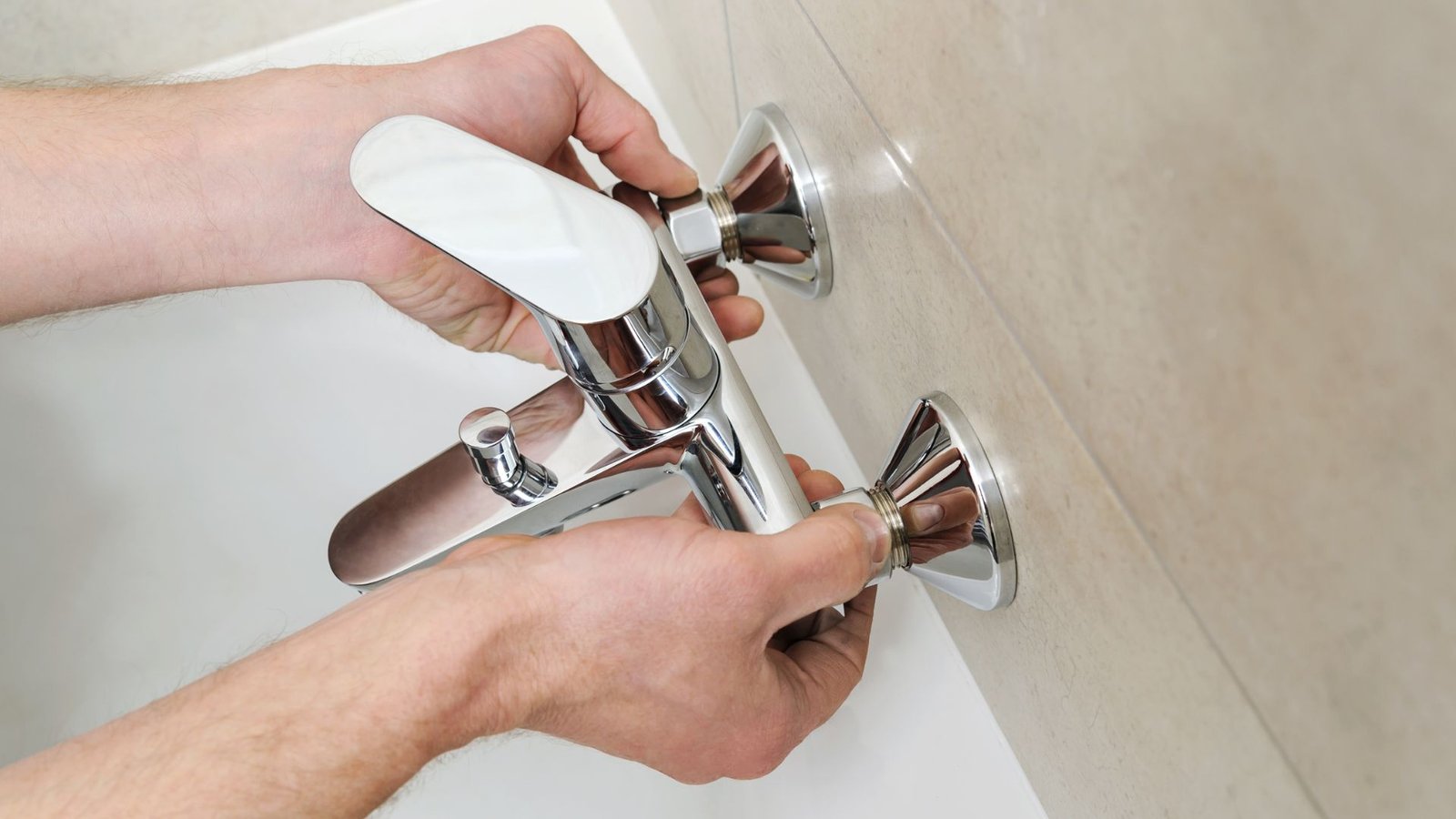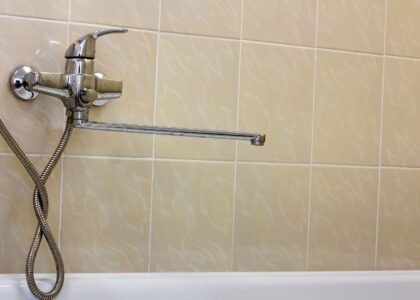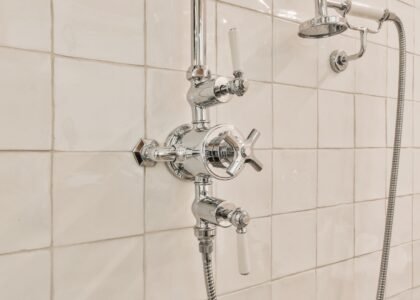Your shower is one of the most frequently used fixtures in your home. But what happens when it no longer performs the way it should? The culprit is often the shower valve. A failing valve can cause leaks, temperature swings, and even water damage. This guide highlights five clear warning signs that signal it’s time for a replacement, what causes the issue, and how to take the next step. If you’re located in Studio City, you can learn more about our Expert Shower Valve Replacement in Studio City, CA service.
Why your shower valve matters
- Regulates water temperature and flow
- Prevents sudden scalding or freezing bursts
- Ensures steady water pressure for a comfortable shower
When this part begins to fail, the consequences are immediate—and often frustrating.
5 warning signs of a failing shower valve
- Temperature fluctuations – Water shifts from cold to hot suddenly, especially when another faucet is used.
- Persistent dripping – Even when the shower is turned off, you hear a drip.
- Low water pressure – Mineral buildup or internal blockages reduce flow.
- Stiff or loose handle – The knob becomes hard to move or won’t stay in place.
- Strange noises or corrosion – Grinding sounds or visible rust around the trim.
If you notice one or more of these issues, it’s usually time to consider a full replacement.
What causes shower valves to fail
- Mineral deposits clogging internal mechanisms
- Corrosion of metal parts due to water chemistry
- Aging seals and O-rings that wear out
- Normal wear over time
- Incorrect installation or mismatched parts
What to do next
Here’s a step-by-step plan if you suspect your valve is failing:
- Shut off the water supply
- Check the cartridge if it’s accessible
- If the issue is beyond repair, opt for full replacement
- Select the right type of valve for your needs
- Call a professional plumber for safe, precise installation
Need expert help? Our team specializes in Expert Shower Valve Replacement in Studio City, CA.
Choosing the right replacement valve
Different valves serve different purposes:
- Pressure-balancing valves: Maintain temperature even when household water use changes
- Thermostatic valves: Allow precise temperature control
- Diverter valves: Switch between multiple shower heads
- Mixing valves: Blend hot and cold water (common in older systems)
Maintenance tips after replacement
- Clean external parts regularly
- Flush the system occasionally to prevent buildup
- Watch for early warning signs
- Keep the area dry and ventilated
Why hire a professional
- Installation often requires opening walls or tile
- Proper sealing prevents leaks and hidden water damage
- Calibration ensures safety and comfort
- Saves you time and frustration
If you want professional support, visit our Contact Us page to get started today.
Conclusion
Ignoring a faulty shower valve can cost more in the long run. Watch for drips, low pressure, corrosion, or temperature changes. If you spot problems, act quickly. In our next blog, we’ll explain how professional plumbers actually perform a replacement, step by step.



